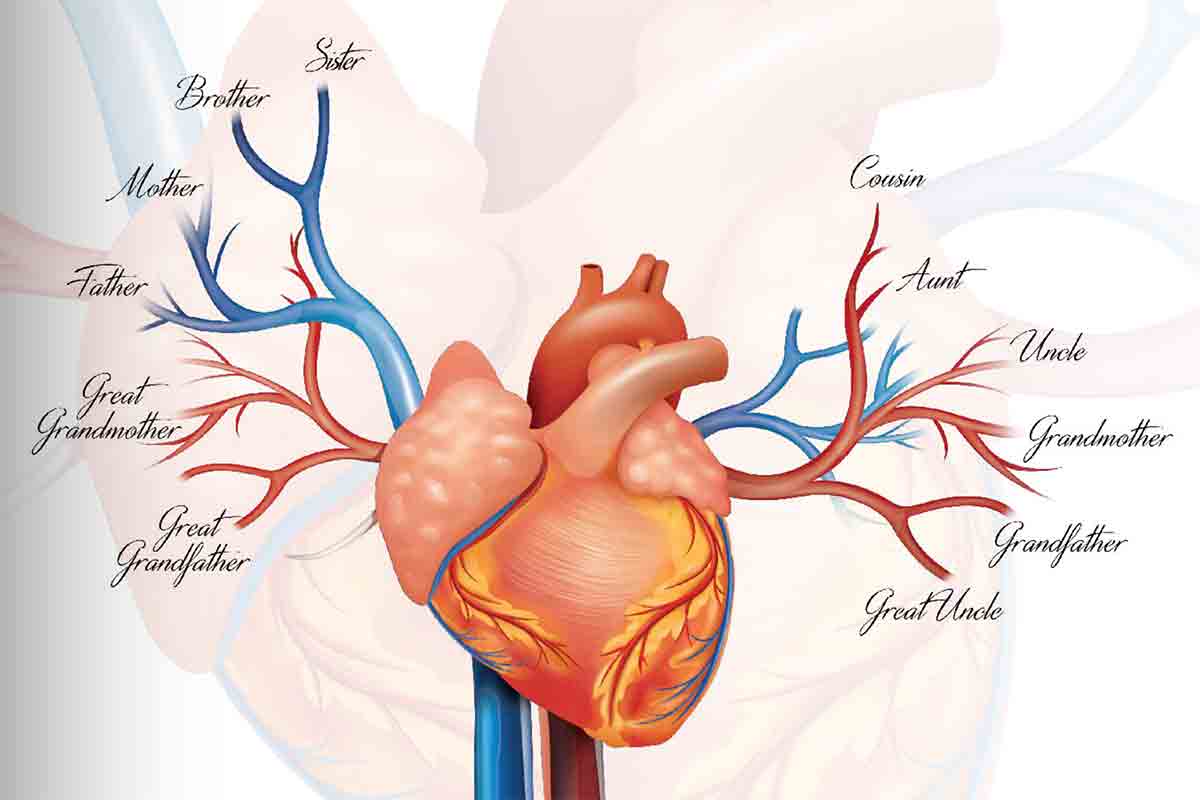The Tragic Truth About Familial Hypercholesterolemia

“She came to me with severe muscle aches and very high cholesterol, hoping I could treat her,” remembers Alan Brown, MD, FACC, a member of the College’s Prevention of Cardiovascular Disease Section, and a specialist in preventative medicine. “So I ran some tests, asked for a patient history and discovered she had Familial Hypercholesterolemia (FH), an inherited disease caused by a mutation in the low-density-lipoprotein (LDL) receptor gene.”
“Knowing there was a 50/50 chance that her kids – two daughters in their 30s and a 28-year-old son – could have FH, I recommended they all get tested,” Brown continues. “She told me that none of her previous physicians had mentioned the diagnosis of FH and none had suggested screening her children."
Brown continues,"I gave her a patient education booklet to take home and she said she would speak to her children right away. Her daughters tested negative. Her son, an army ranger, had recently undergone several physical exams as part of his training and thought the examiners would have caught any disorder during that time."
"Two weeks later, he passed away from sudden cardiac death due to coronary atherosclerosis. He had FH – something that should have been diagnosed when he was a young child.”
Ask any cardiologist who sees patients with heterozygous FH – a common, autosomal dominant inherited disorder – and you will hear numerous tragic stories of young lives lost to a highly treatable disease.
Had the prior doctors who saw this patient with markedly elevated LDL cholesterol (LCL-C) known to look for FH when LDL was > 190 mg/dl, they may have been able to save Brown’s patient from heartache and save the life of her son.
Although FH is the most common inherited metabolic disorder, occurring in one in 300 Americans, it is a largely undiagnosed condition. Many physicians in the medical community miss the FH diagnosis because they don’t know to look for it.
“It’s completely off people’s radar in the medical community and in the country as a whole,” says Samuel Gidding, MD, FACC, a member of the College’s Prevention of Cardiovascular Disease Section Leadership Council, and a specialist of preventative medicine.
“FH is incredibly common and can dramatically shorten life expectancy but it is also incredibly silent due the fact that severely high cholesterol causes no symptoms. It’s time to close the knowledge gap.”
FH, which causes high levels of LDL-C, presents with no differentiating symptoms from high cholesterol and can only be diagnosed by a screening lipid profile. Patients who seek treatment for elevated cholesterol are oftentimes treated for just that with no further testing or assessment for family history.
Although the management of FH is the same as other causes of high cholesterol by missing the diagnosis of FH and starting treatment too late in life, family members of the patient remain vulnerable to cardiac events.
“Lack of symptoms, compounded with lack of awareness, leaves the condition largely undiagnosed until a precipitating event such as a heart attack occurs,” adds Gidding. “And at that point, there may or may not be a chance to save the patient.”
In almost all cases, earlier testing and treatment of FH patients would have led to better outcomes. It is now recommended by ACC/American Heart Association guidelines that all children between nine and 11 years of age should have cholesterol testing.
If one or more parents have high cholesterol or are known to have FH, their children should be tested at age two to five years old with FH treatment beginning by age seven.
Both Brown and Gidding agree that FH should be treated early and aggressively. They recommend that when physicians see patients with elevated LDL-C, greater than 160 mg/dL in children and 190 mg/DL in adults, test for FH and test the whole family.
“This is a very treatable condition with the drug therapies and statins that are now available to us,” notes Brown. “The medical community holds the power to make the difference. Once they are aware of this incredibly common disorder, they can end the tragic stories, like my patient’s, by advocating for genetic testing and earlier treatment.”
Clinical Topics: Arrhythmias and Clinical EP, Dyslipidemia, Atherosclerotic Disease (CAD/PAD), SCD/Ventricular Arrhythmias, Homozygous Familial Hypercholesterolemia, Lipid Metabolism, Nonstatins, Novel Agents, Primary Hyperlipidemia, Statins
Keywords: ACC Publications, Cardiology Magazine, Cholesterol, Cholesterol, LDL, Coronary Artery Disease, Death, Sudden, Cardiac, Genetic Testing, Hydroxymethylglutaryl-CoA Reductase Inhibitors, Hypercholesterolemia, Hyperlipoproteinemia Type II, Myocardial Infarction
< Back to Listings
